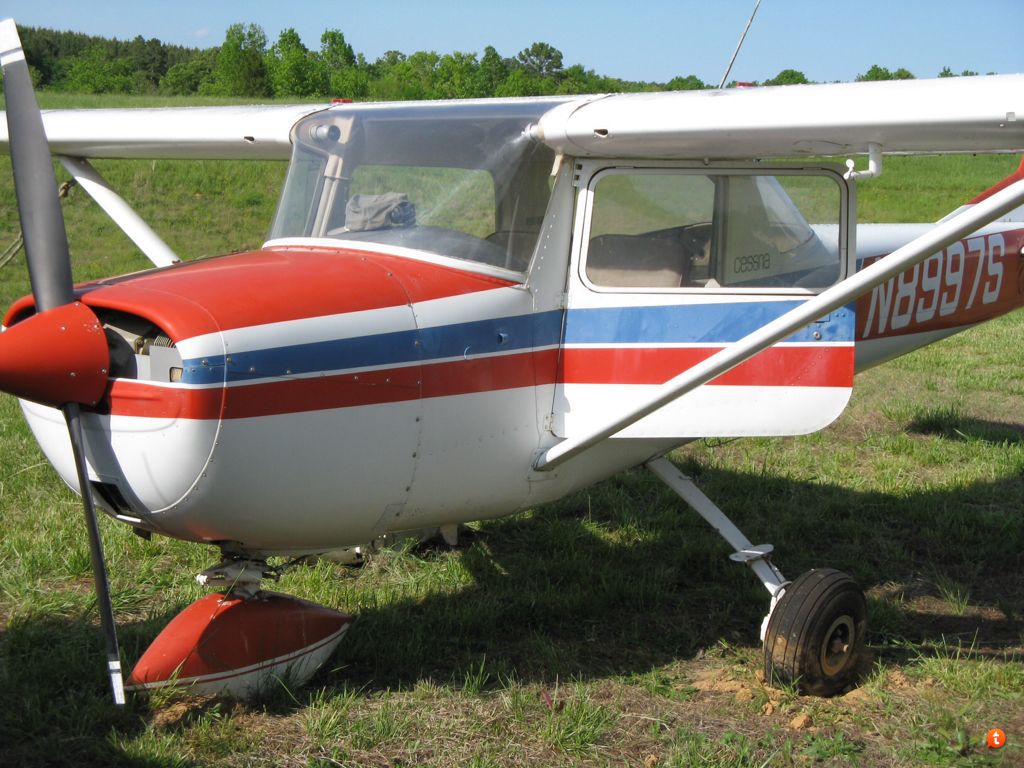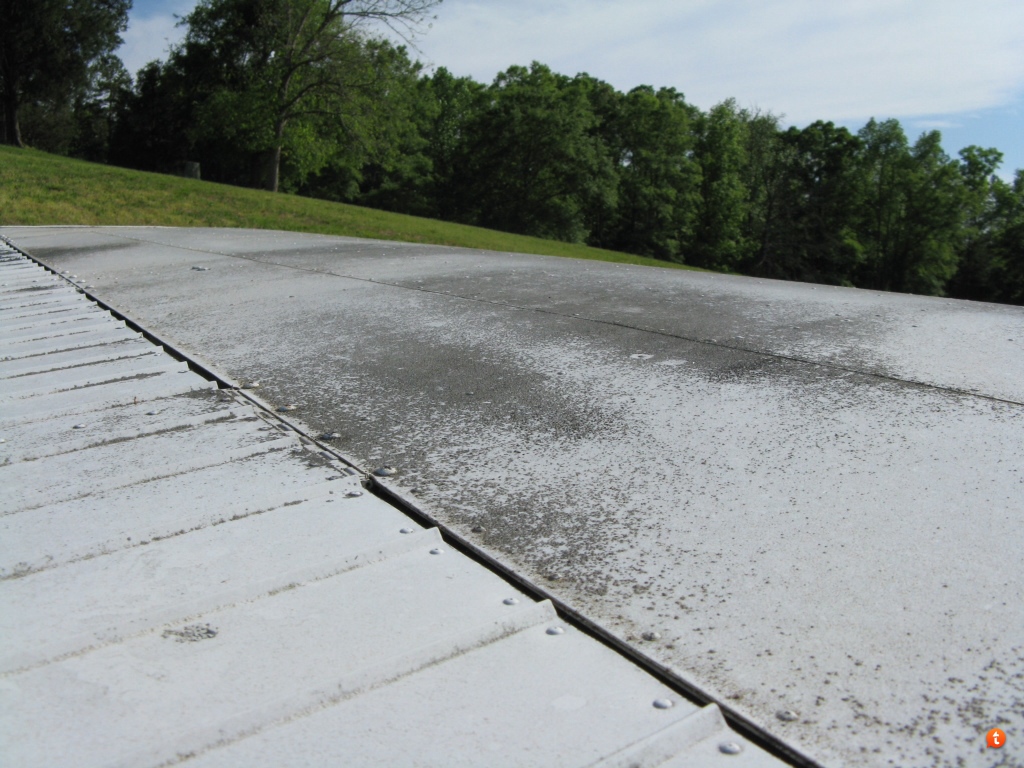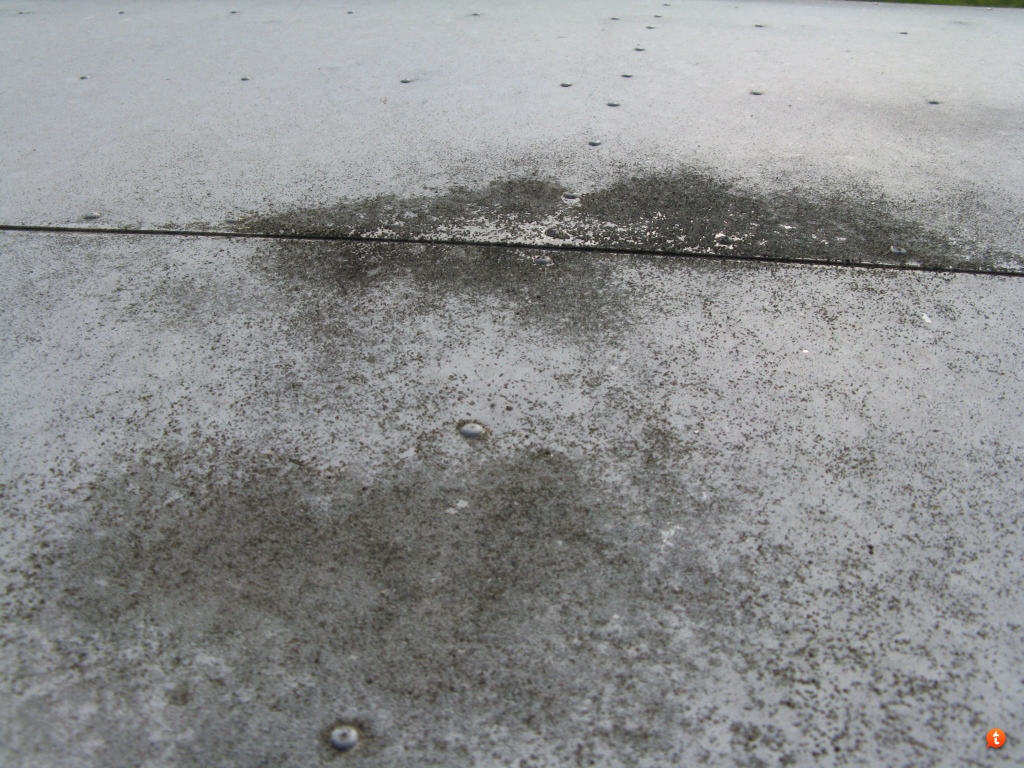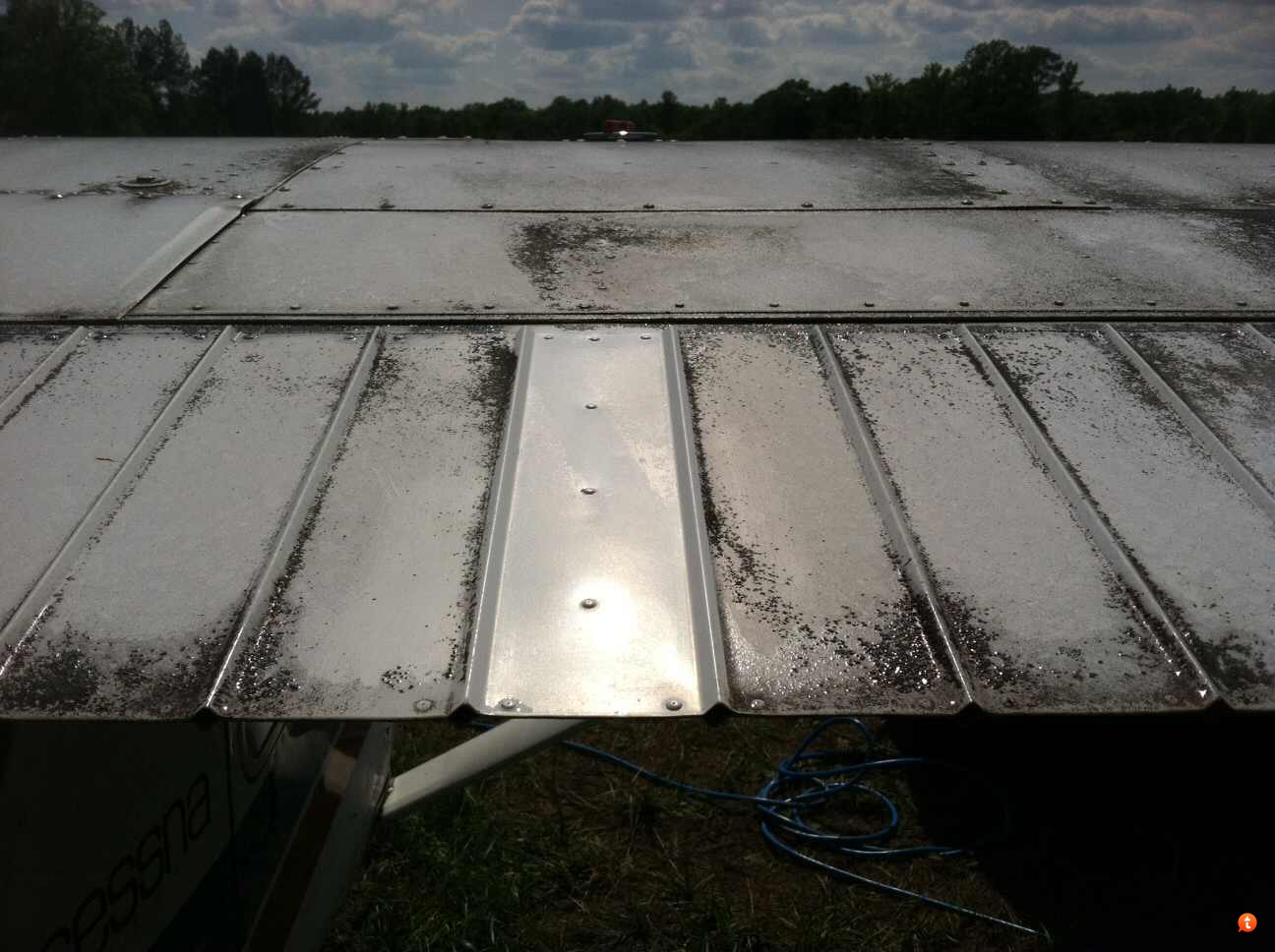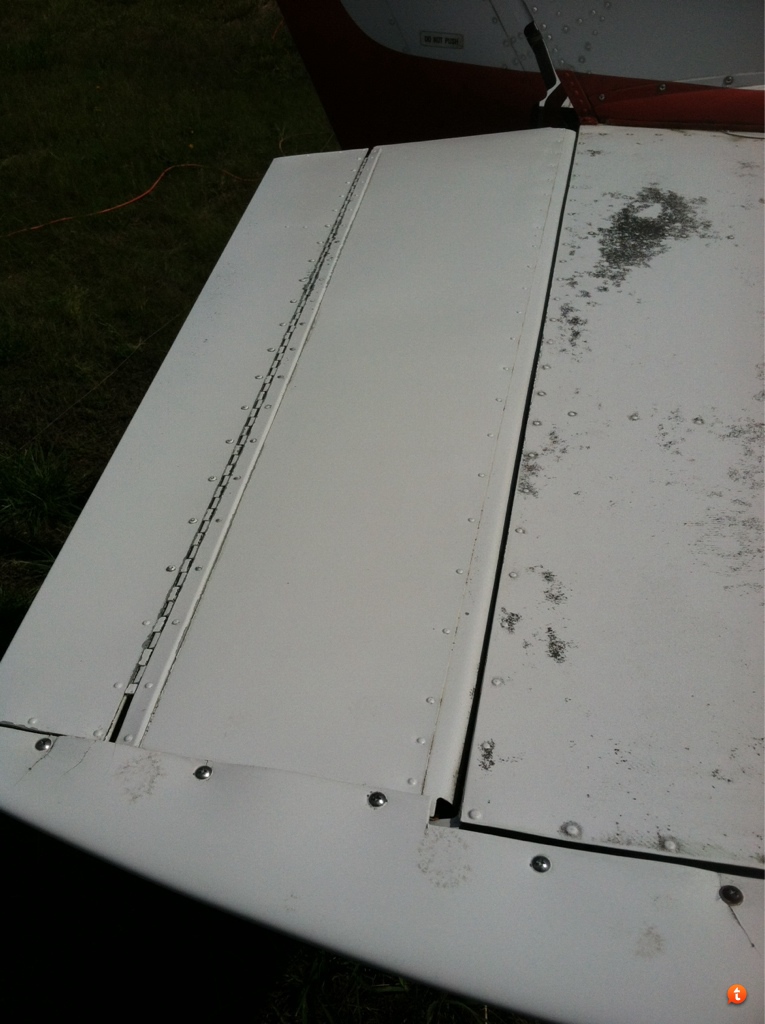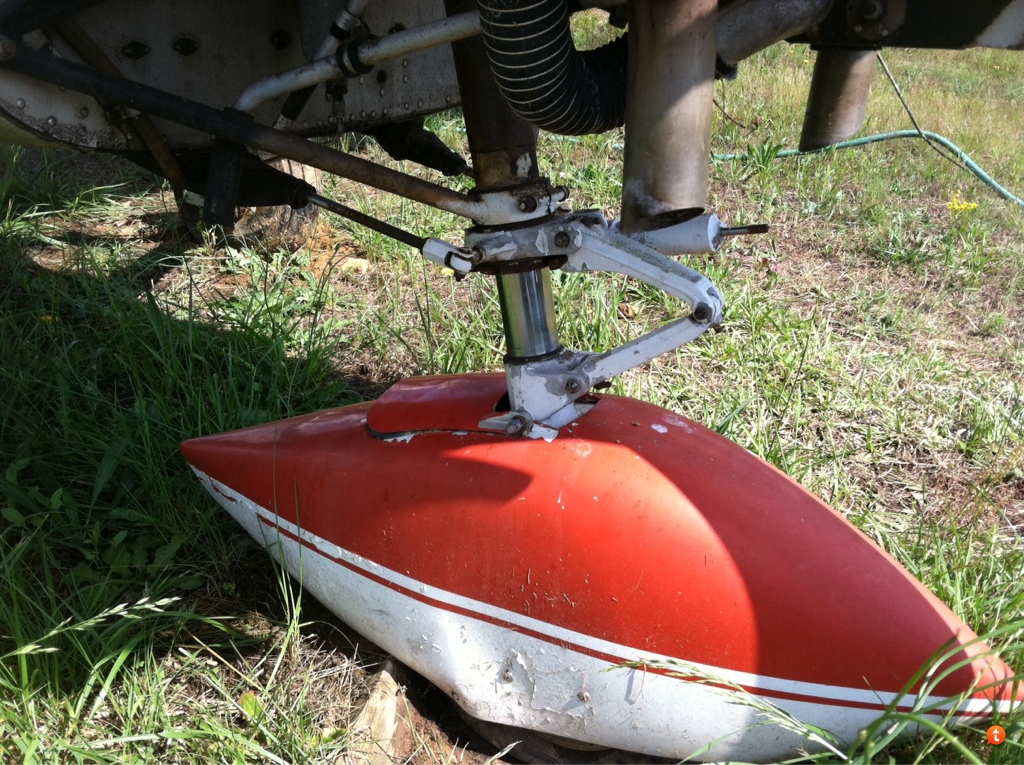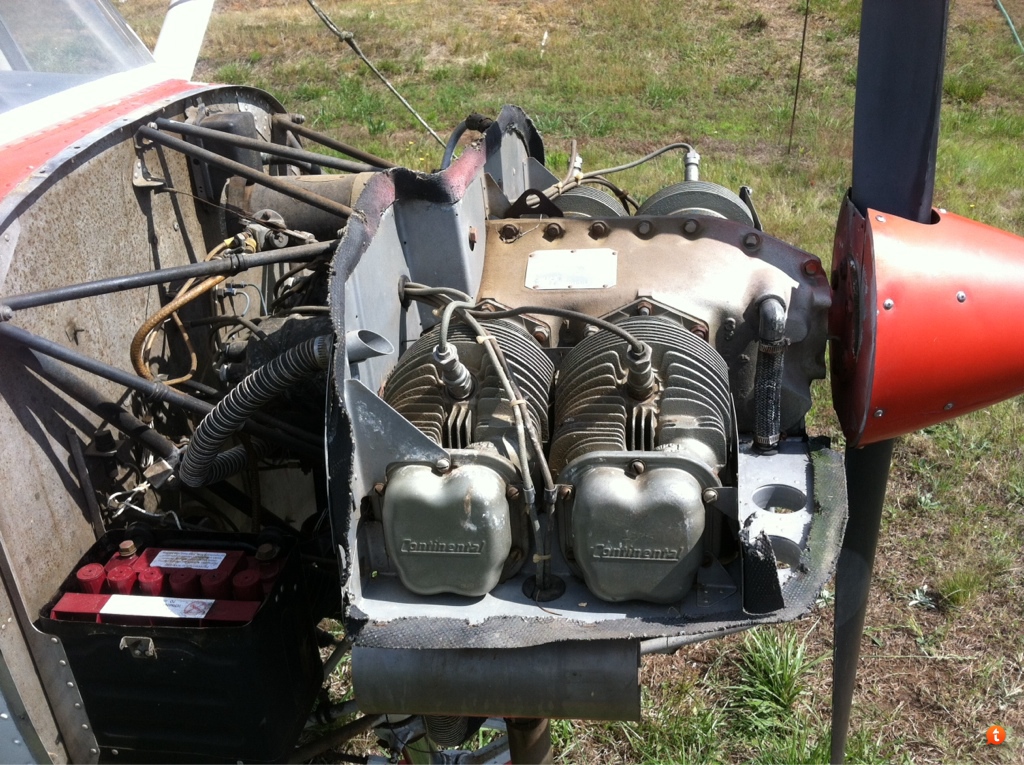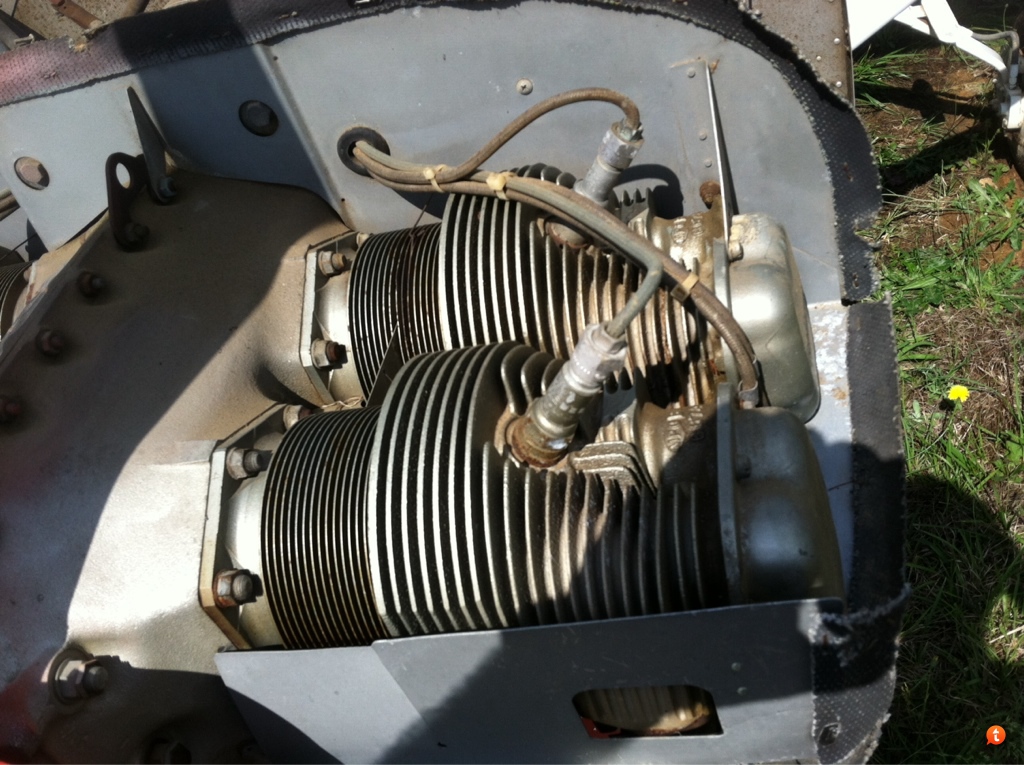1600vw
Pattern Altitude
First congrads on your purchase. I have purchased a few used airplanes in the shape you describe.
I want to learn everything about this airplane I can. I would borescope the cylinders, Anything that can come off, or open up is taken off or opened up.
I would go through the fuel system starting with the tanks or tank. Do more then check for leaks, you will be sticking something in these tanks to get a look around.
Sometimes a point and shoot camera can be used for this. Stick it in the tank and start taking pics. You will be suprised what you find. I have found everything from leaves, sticks, to you name it.
Get to know this airplane like the back of your hand. Make up log books and fill them in with what you find. If you have log books log what you are doing. Since this is a 150 you will need an A&P to help and sign off on this.
If you find yourself looking at something and thinking, I should look at that but really hate to take that apart...take it apart and look at it, use the borescope or camera where you can and take anything apart you can not get to.
Will you be able to see everything, no, but the more you look at the better you will feel when you start to fly her.
My 2 cents on how I get a New to me airplane up and flying again.
Tony
I want to learn everything about this airplane I can. I would borescope the cylinders, Anything that can come off, or open up is taken off or opened up.
I would go through the fuel system starting with the tanks or tank. Do more then check for leaks, you will be sticking something in these tanks to get a look around.
Sometimes a point and shoot camera can be used for this. Stick it in the tank and start taking pics. You will be suprised what you find. I have found everything from leaves, sticks, to you name it.
Get to know this airplane like the back of your hand. Make up log books and fill them in with what you find. If you have log books log what you are doing. Since this is a 150 you will need an A&P to help and sign off on this.
If you find yourself looking at something and thinking, I should look at that but really hate to take that apart...take it apart and look at it, use the borescope or camera where you can and take anything apart you can not get to.
Will you be able to see everything, no, but the more you look at the better you will feel when you start to fly her.
My 2 cents on how I get a New to me airplane up and flying again.
Tony



